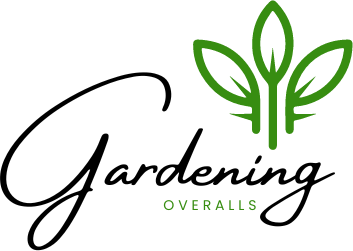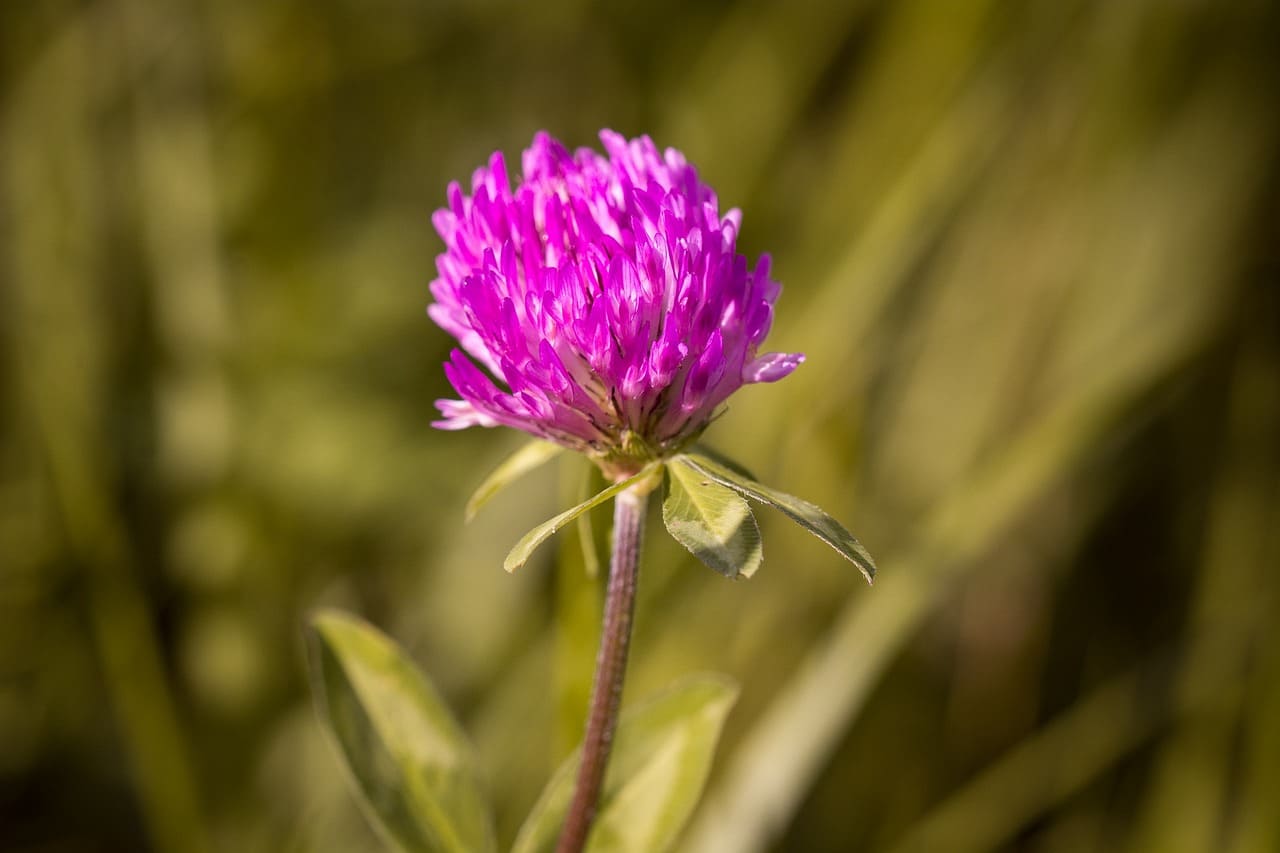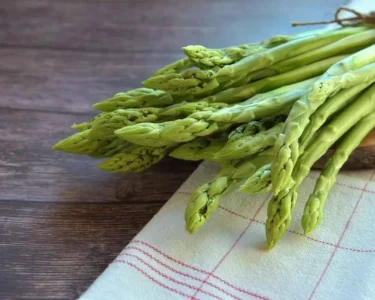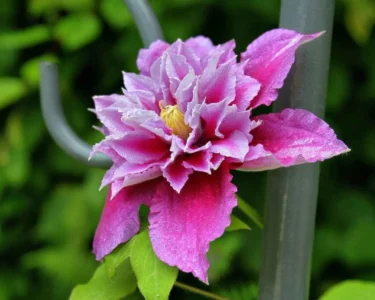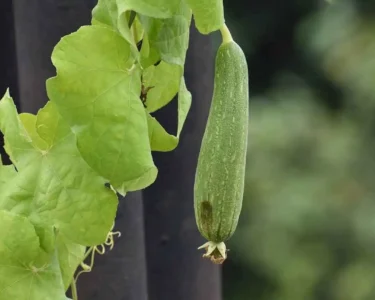Daisy like red clover seed is scientifically known as Trifolium pratense (which is part of the legume family). They are commonly used for agriculture, landscaping as well as in herbal remedies. They are also cultivated for forage, feed and as cover crops in farming.
Plant Description:
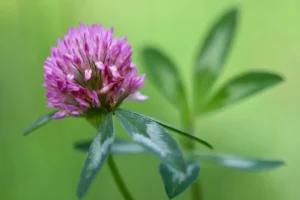

This plant is a herbaceous plant that forms a dense mass of spreading trails and grows up to 16 inches high. They have trifoliate leaves which are becoming rusty on the bottom and the flowers are pink to purple heads.
How to Plant Red Clover Seed and Grow Red Clover:
The process of growing red clover from seeds is easy, no matter if you are an agriculturalist or farmer who wants to plant red clover for business or agricultural purpose, or an individual who wants to plant red clover for the purpose of cover crops or home gardening.
Followings are the few steps to grow red clover from seeds:
Choose the Right Time and Location:

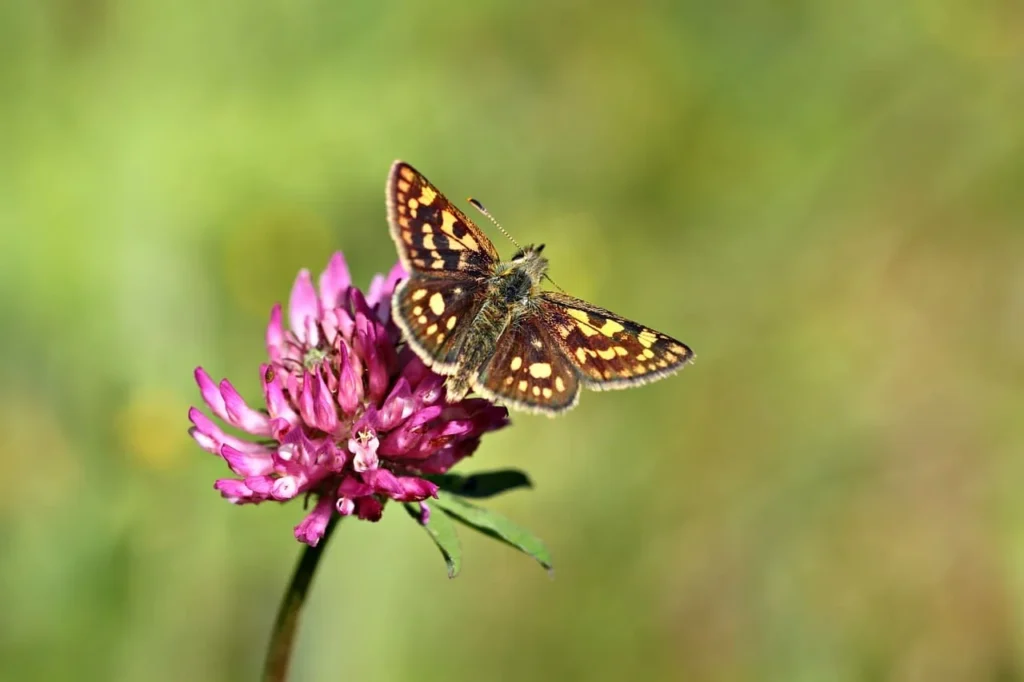
- Timing: It is applied that red clover seeds can be sown in early spring or at the end of summer early autumn. It is beneficial because spring planting results to plant growth during the summer season and the crop planting done during fall helps to produce a cover during winter.
- Location: It is a perennial plant and it requires well drained soil and it suits most of the climates with a condition that it needs full sunlight or partially shaded area. It grows well in various types of soil though it is most appropriate for those with neutral to slightly alkaline ph.
Prepare the Soil:
- Clear the Area: Prepare the planting site by removing weeds and clearing the dump to limit its competition.
- Soil Preparation: Till the soil about an inch to make a fine seedbed for the seeds. Avoid compacting the soil.
Planting the Seeds:
- Seed Rate: For agricultural use, most growers apply between 8 to 10 pounds of seed of the red clover in a single acre. If the area of implementation is small like in towns or for a home garden, then the sizes should be reduced.
- Method: Red clover seeds are usually spread by hand or by using a seed broadcaster in a similar manner to the spread of the seeds. The seeds can also be directly planted on the soil with about ½ an inch to ¼ of an inch of soil covering the seeds.
Covering and Pressing the Seeds:
- Covering: After planting, gently cover them with a rake or roll them down into the ground to furnish a suitable environment. This enhances seed-soil contact and hence facilitate germination as it is seen in the case of McConnell’s farm.
- Moisture: Lightly water the area after planting to help in establishing moisture in the soil without forming lumps. Make the ground wet at intervals to ensure that the temperature is maintained until the seed germinates.
Maintenance:
- Weed Control: Ensure that there is no weed growth in the site and eliminate them whenever they are sighted, particularly in the first few weeks when the seedlings are young.
- Fertilization: There is often no need to add extra nitrogen fertilization since, it is a legume that contributes to nitrogen fixation.
- Watering: After the first year of establishment, red clover is not very demanding regarding water – nevertheless, constant and continuous moisture produces stronger and healthier plant.
Harvesting:
- For Forage: Foliage of red clover is used for grazing when it grows to a height of approximately 12- 18 inches or it can be harvested as hay.
- For Seeds: In specific to when growing for seed production, some of the flowers will need to be left to set seed and then dry on the plant. By the time the heads are brown and the seed feels hard to the touch, they are ready for harvest.
Rotating or Replanting:
- Rotation: Trifolium pratense is widely used as green manure and cover crop in crop rotation to enhance soil fertility and structure. There is possibility on rotation with other crops to make good use of enhancement on nutrient of the soil.
- Replanting: Typically, if the red clover is used as a cover crop, it may require establishing every year or just as part of their crop rotation system.
After reading these tips, one can grow red clover from seeds for the aim of increasing soil fertility, and providing forage for animals, or even for decorating the landscape and improving bee habitat in the garden.
Red Clover Uses and Benefits:
Uses:
Agricultural and Gardening Uses:
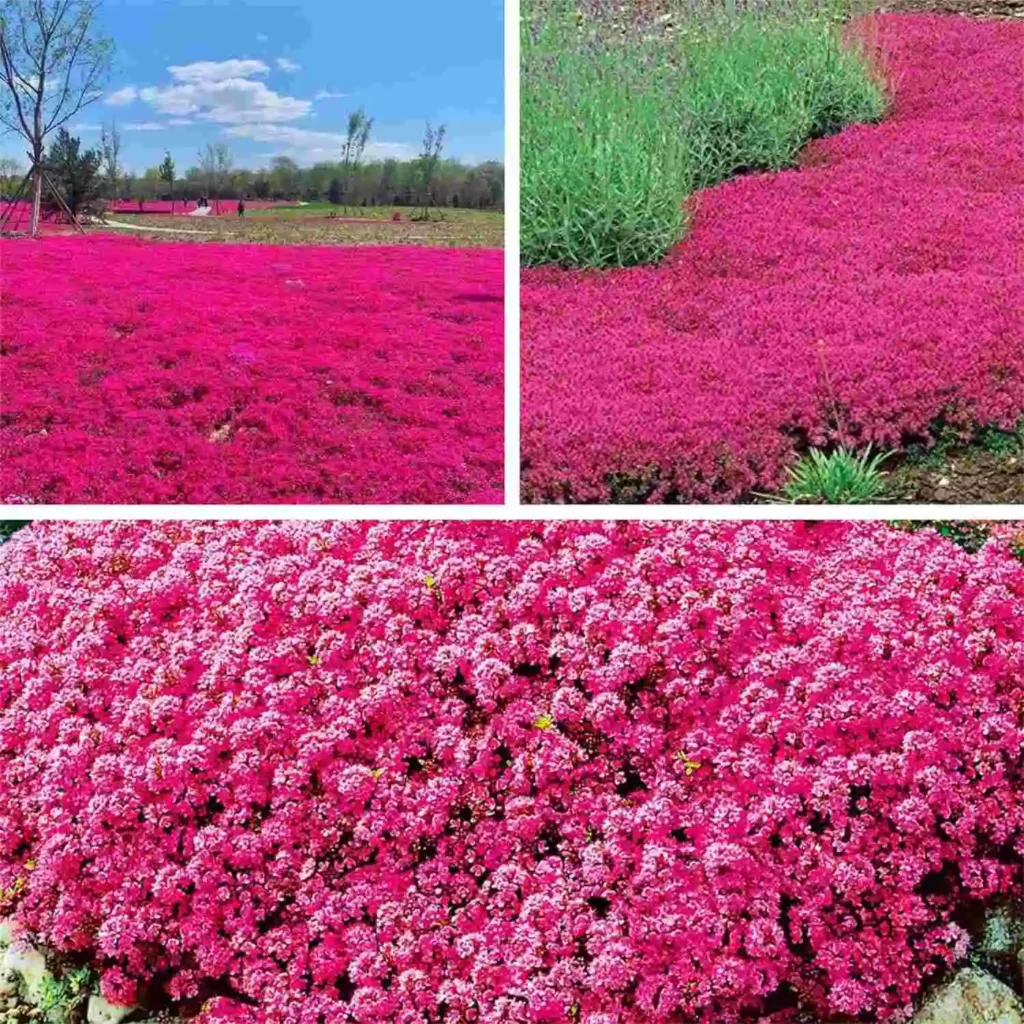

- Forage Crop: Red clover is widely used for forage production owing to its commercial importance as a rich source of protein and palatability for animals. It is added to the paste mixtures because it helps to enhance fertility of the soil and feed for the animals.
- Cover Crop: It is also employed in the consecutive planting scheme or crop rotation to enhance the texture and enhance the fertility of the soil besides preventing the growth of weeds and acting as a protective cover against soil erosion. The spreading root systems of red clover contribute towards soil amendments by fracturing compacted soils and improving the uptake of nutrients.
- Green Manure: By adopting the incorporation method, where red clover is incorporated in the soil to strongly fix nitrogen in the soil to enhance aeration, the next crop within the crop-rotation system will benefit from the nitrogen available.
Gardening and Landscaping:
- Ground Cover: It is also used as a ground cover in gardens and landscaping largely because of the plant’s ability to vine and carpet the ground with a thick layer of leaves.
- Wildlife Habitat: The flowers of red clover are large and nectariferous, thus being attractive to pollinators like bees and butterflies, making them a useful plant for wildlife gardens.
Herbal and Medicinal Uses:
- Traditional Medicine: Red clover has a long history of use as a foo
- d and medicine in folk medicine systems. The natives widely use it for different purposes and herbal products: In cases of respiratory illness and skin ailments. It is also known as a blood purging agent.
- Tea and Extracts: Despite this, the flowers and the leaves of the plant are dried and processed into the herbal teas, extracts, and tincture.
Red clover Isoflavones:
- Phytoestrogens are found in red clover especially genistein and diadzein. These compounds have estrogenic effects on human body especially females.
- They are used for the treatment of many female illnesses related to breast pain and menopause i.e. hot flashes, osteoporosis.
Culinary Uses:
Although red clover is eaten and praised for its ability to act as a nutrient, fodder, and feed for other living organisms, it is rather rare in the contemporary kitchen to find its seeds used for cooking.
Benefits:
- Nitrogen Fixation: It has use of nitrogen fixing abilities being able to transform compounds of nitrogen present in air into the soil with help of bacteria found in root nodules.
- Soil Health: In other words, red clover is a cover crop that enhances the physical properties of the soil while providing a natural method of integrated weed management.
- Livestock Nutrition: Being one of the most important forage crop for livestock feeding, red clover plays an important role in enriching the nutrients required for livestock yielding and proper functioning.
- Varieties: Red clover comes in different types and differing in their growth according to the climate and types of soil. Some of the common cultivars available include the medium red clover and the mammoth red clover.
Red clover seed for sale:
If you are interested in purchasing red clover seeds, there are numerous outlets where you may locate them on the internet or at agri-suppliers. There are places where you can find red clover seeds for sale as highlighted below.
Online Retailers:
Amazon: Every now and then, Amazon has several vendors dealing in red clover. Their products come both in small quantities that could fit someone’s backyard garden project and large ones suitable for a farmer.
Seed Suppliers: Numerous seed suppliers who deal with vegetables have their own online stores from which they sell red clovers. Some popular ones include:
Agricultural Supply Stores:
Local Farm Supply Stores: Go to local agricultural supply stores or farm co-ops within your area. They usually carry different types of seeds such as that of red clover which will grow well in the local environment.
Online Seed Exchanges and Marketplaces:
Etsy: Wandering through Etsy might bring about finding some smaller seed sellers who offer red clover seedlings along with other unique varieties sold by them.
Tips for Buying Red Clover Seeds:
- Varieties: Choose a kind of red clover suited to your specific requirements, such as grazing, soil improvement or cover crops’ use cases.
- Quantity: Determine what amount of seed is needed for your planting area based upon its size; larger areas tend to have cheaper bulk alternatives available too.
- Quality: Look out for good quality seeds from reputable suppliers to ensure germination.
How Many Red clover Seeds in an Acre? How many pounds of Red clover per acre?
The amount of red clover seed to plant per acre depends on why you want to use red clover. Whether it’s for pasture, soil improvement or seed production and where you’re growing it.


There are some general rules you can follow:
Pasture:
- Over seeding: A rate between 8 to 12 pounds/acre is reasonable if broadcasting the red clovers for pasture.
- Drilling: For drilling the seed into the ground, seeding rates might be in range of 6 to 10 pounds per acre.
Cover Crop:
- The seeding rate for fixing nitrogen and improving soil health through using red clover as a cover crop may vary significantly. It will depend on such factors as the likeliness goals that one has set in terms of soil fertility that requires him/her to get some plants with specific biomass yields; therefore they can range from 8-20 lbs/acre.
Seed Production:
In most cases, higher seeding rates are used when producing red clover specifically for seeds. Depending on variety and local conditions, this could vary anywhere from 10-15 or even more pounds/acre.
Specific Varieties and Conditions:
Soil type, climate, intended use and particular variety are just among the few factors which can affect the seeding rate. So, consult with agricultural extension services within your area or refer to a reputable seed supplier accordingly in this case.
Conclusion:
The utilization of red clover seeds is widely used in agriculture, herbal medicine, as well as ecological management. This makes it a worthwhile and viable crop that supports sustainable farming and fosters ecological stewardship.
Please comment or share our content. If you want us to write about any specific plant, please comment in comment section to let us know. Our community is doing its best day and night to spread the knowledge as much as we can. Thank you for reading and visiting Gardeningoveralls.com
FAQs:
Is red clover good for menopause? How much red clover for the treatment of menopause?
Yes, red clover is believed to be good for menopause treatment because of isoflavones. Isoflavones, a type of phytoestrogen which has estrogenic effects . Around 20-40 mg of red clover is recommended for the treatment of menopause.
Red clover helps in alleviating the symptoms of breath pain.
